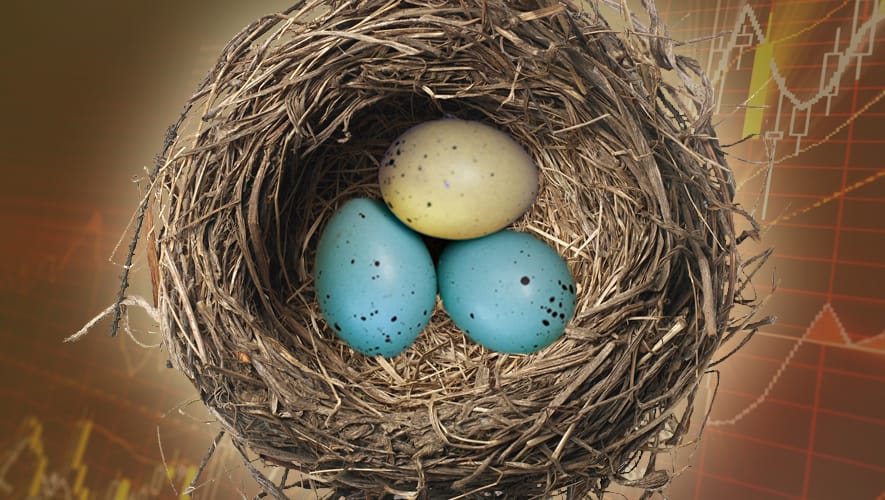
In November yet another firm fell victim to the growing Valeant fallout as Tiger Ratan Capital Fund LP fell 33% over the past three months, wiping out gains for 2015.
Those losses stemmed from the fact that Valeant accounted for 20% of TRC’s U.S. holdings. But they weren’t alone. Many well-respected funds, including the mighty Sequoia Fund, and hedge fund manager Bill Ackman’s Pershing Capital also had extensive exposure to long time Wall Street darling Valeant and suffered losses not only of value – but of face as well.
The dramatic losses came as quite a shock to many of the investors who own these – and other affected – funds, and who assumed that the funds were diversified – when in fact they weren’t. By going out on a limb and investing too much of their allocation in what has been one of Wall Street’s hottest stocks for years, many respected “hedge” funds experienced huge capital losses that it will take years to recover from.
In fact, of the 1,000 hedge funds tracked by Symmetric.IO, approximately 12% had a position in Valeant. A startling 32% of Valeant’s shares were held by hedge funds.
When Diversification isn’t Diversification
Having 20% of your portfolio in one stock is a huge risk for anyone. You never know when the next Enron or Worldcom may be and, because of accusations of unorthodox practices, it may very well be Valeant.
On the other hand, Valeant could still turn out to be a home run and deliver big time. No one really knows, which is why diversification is so key.
Many investors diversify with ETFs and mutual funds. But how many investors are absolutely certain that the mutual funds they are counting on to provide diversification, are, in fact, properly diversified themselves?
When that Hot Stock is Too Much of a Good Thing
When a “hot stock” or fund keeps climbing, it’s tempting to want to jump on the bandwagon, and the same is true for a hot sector. That’s no doubt why so many otherwise experienced fund managers over-exposed themselves to Valeant and to the health sector in general.
But while a portfolio with correlated assets that tend to do well together, is also a portfolio with assets that can tend to do poorly together when the winds shift. As Ben Carlson put it in a recent blog post: “Diversification requires finding the right balance between eliminating unsystematic risk (risk that’s specific to single securities or industries) and di-worsification by adding too many overlapping funds.”
Put another way: it’s not enough to put your eggs in different baskets, the eggs themselves need to be diversified, some plain, some speckled, and the speckled ones should be speckled in different ways.
A properly diversified mutual fund or ETF allow you to invest in a sector or a “hot stock” while mitigating risk. Which is no doubt what the investors who held Tiger, Pershing, and Sequoia thought they were doing.
The Moral of the Story
Due diligence. While you and your financial advisor are most likely diversifying your holdings, make sure that your holdings are also diversifying their holdings. Review your mutual funds frequently to make sure that their strategies, risk tolerance, and diversification standards align with yours and that they are not over-weighted chasing impressive returns from a couple of current wall street darlings.
The jury is still out on Valeant and on the funds that held it. It may in fact recover, although it would have to recover quickly to make up for the loss of momentum for the funds and investors that held it.
Nonetheless, it’s an important lesson for individual investors. A truly diversified portfolio is made up of truly diversified assets.
****
This analysis is provided for informational purposes only and is not to be considered investment advice. The securities mentioned herein are for illustration of the concepts discussed and are not a recommendation to buy or sell any security. Please see additional disclosures.



